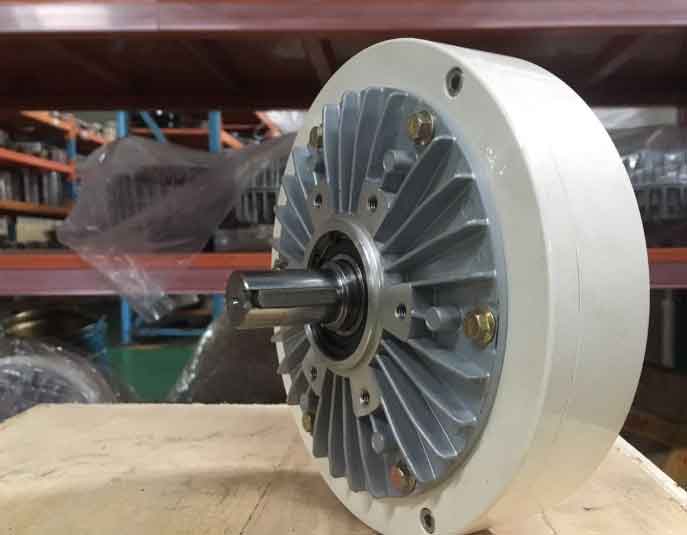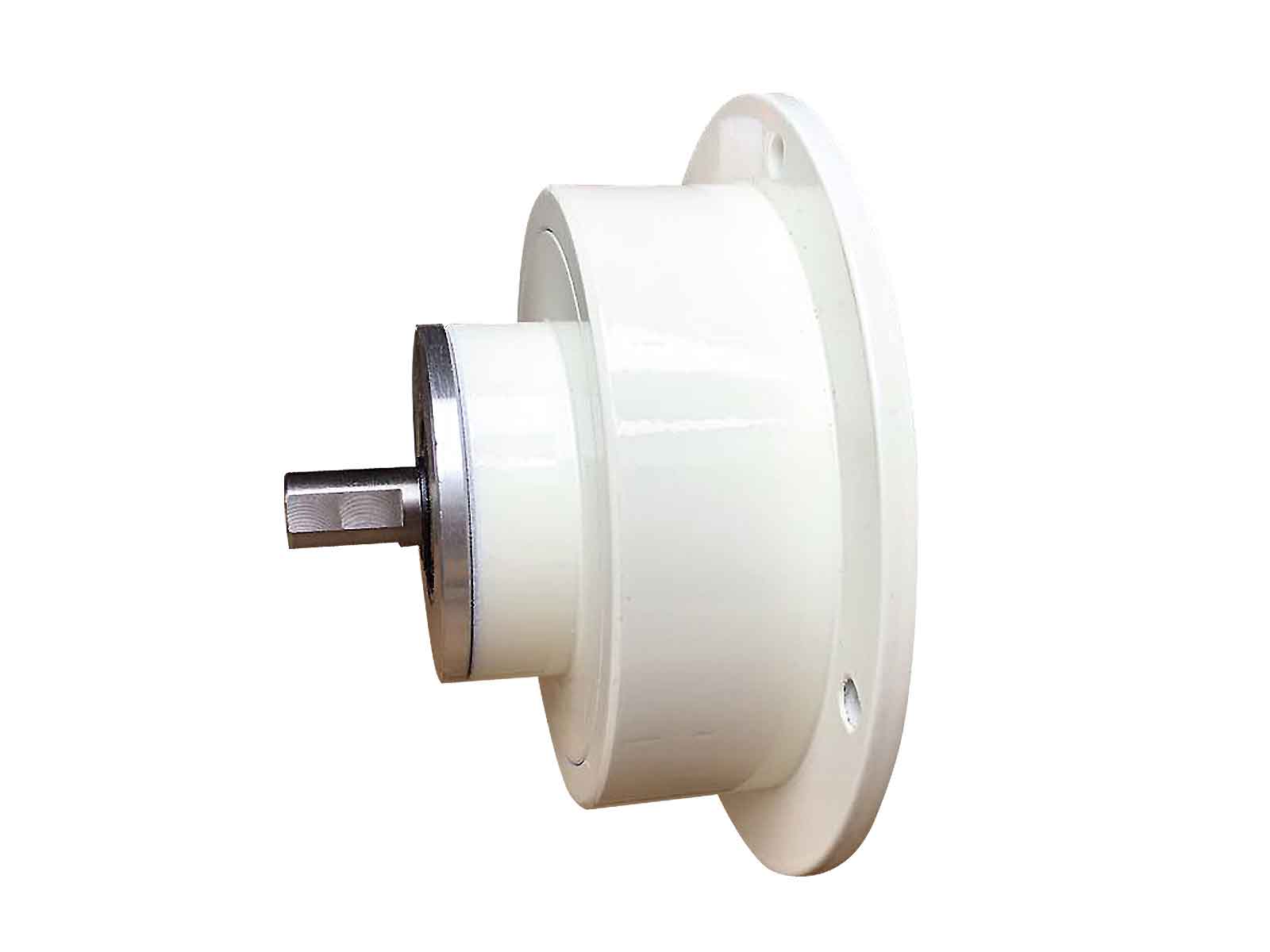Magnetic particle brakes are essential components in various industrial machinery, playing a crucial role in controlling torque, maintaining stability, and ensuring the smooth operation of many processes.
Magnetic particle brakes, also known as Magnetic powder brakes, are devices that employ the principles of magnetism to control the torque and rotational speed of machinery. These brakes consist of two main components: a rotor and a stator. The rotor is typically connected to the rotating machinery, while the stator remains stationary. An electromagnetic field generated by the stator induces a magnetic flux in the rotor, which is filled with magnetic particles. This interaction results in the ability to control the torque applied to the rotor and, by extension, the machinery it drives.
Magnetic particle brakes function on the principle that the magnetic particles within the rotor can be aligned with the magnetic field when the brake is engaged. This alignment restricts the movement of the rotor, effectively controlling the torque and rotational speed. When the brake is disengaged, the magnetic particles are free to move, allowing the machinery to operate without resistance.
Top 5 Applications of Magnetic Particle Brakes
Magnetic particle brakes find applications in a wide range of industrial machinery. Here are some notable examples:
- Printing Machinery (H4)Magnetic particle brakes are often used in printing presses to control web tension. By adjusting the torque applied to the printing rollers, they ensure consistent print quality and prevent paper jams.
- Textile Machinery (H4)In textile manufacturing, magnetic particle brakes are employed to control the tension of fabric during processes like winding, slitting, and unrolling. This helps maintain the quality of the textile and prevents irregularities.
- Wire Drawing Machines (H4)Wire drawing machines use magnetic particle brakes to precisely control the drawing force applied to the wire. This is crucial for achieving the desired wire diameter and smoothness.
- Film and Foil Processing Equipment (H4)Machines used in film and foil processing rely on magnetic particle brakes to ensure consistent tension, preventing wrinkles or creases during the manufacturing process.
- Converting Machinery (H4)Converting machines, used for processes like laminating, coating, and slitting, employ magnetic particle brakes to control the unwind and rewind tension, resulting in precise, high-quality output.

Top 4 Advantages Of Magnetic Particle Brakes
Magnetic particle brakes offer several advantages that make them indispensable in industrial machinery:
- Precise Torque Control: These brakes provide highly accurate torque control, making them ideal for applications that require fine adjustments.
- Smooth Operation: Magnetic particle brakes operate smoothly without sudden jolts or jerks, ensuring the machinery runs efficiently.
- Maintenance-Friendly: They are relatively low-maintenance components, requiring minimal attention to function effectively.
- Longevity: Magnetic particle brakes have a long lifespan, making them a cost-effective choice for industrial equipment.
| Advantage | Description |
|---|---|
| Precise Torque Control | Allows for fine adjustments in torque, ideal for various applications |
| Smooth Operation | Ensures machinery runs smoothly without jolts or jerks |
| Low Maintenance | Requires minimal upkeep for effective performance |
| Longevity | Offers a long lifespan, making it a cost-effective choice |
Maintenance Tips Of Magnetic Particle Brakes
While magnetic particle brakes are known for their low maintenance requirements, regular care is essential to ensure their continued performance. Here are some maintenance tips:
- Periodic Inspection: Regularly check for wear and tear on the components, and replace any damaged parts.
- Lubrication: Ensure that bearings and moving parts are properly lubricated to prevent friction and overheating.
- Cleaning: Keep the brake’s surfaces clean to prevent the accumulation of contaminants that could affect performance.
Conclusion
Magnetic particle brakes are integral components in a wide array of industrial machinery, offering precise torque control and smooth operation. Their ability to maintain stability and ensure consistent output makes them indispensable in industries ranging from printing to textile manufacturing. With proper maintenance, these brakes can serve reliably for an extended period, contributing to the efficiency and productivity of industrial processes. Their importance in industrial machinery cannot be overstated, and their applications are as diverse as the industries they serve.
